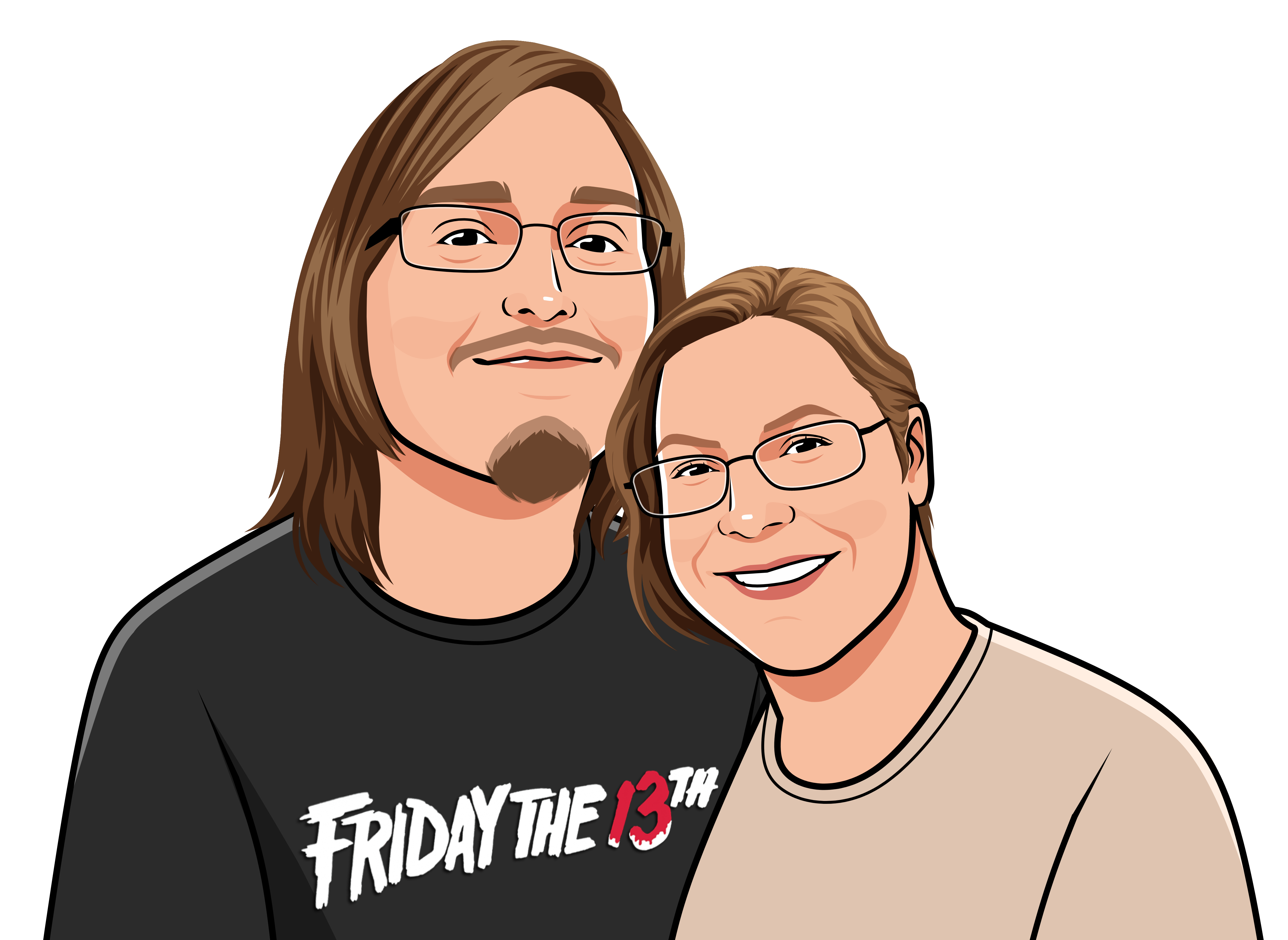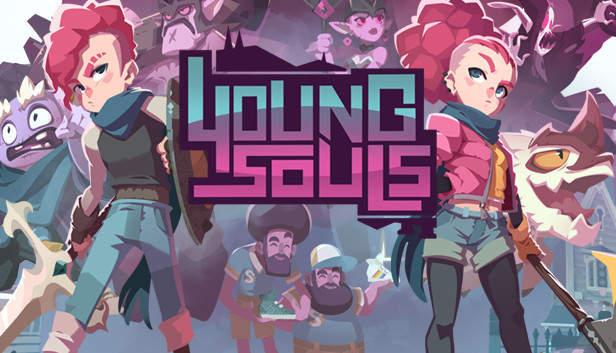Agony was released on PC, the Xbox One, and PlayStation 4 on May 29, 2018 after a successful Kickstarter campaign in late-2016.
The development and release practices are worth acknowledgement. Originally scheduled for a release on March 30, 2018, Agony was delayed nearly a full two-months after said date. The bigger story, however, is what happened upon its release. Critics and gamers alike have ranted and raved in-regards to the product they received, citing a plethora of glitches and bugs, many of which have since been patched by developer Madmind Studio. Although one should certainly expect a finished product they’re paying full retail price for, in some instances, it’s the nature of the beast that some mistakes are made with a video-game of this scale and a developer this small. Because of this, I waited several days before purchase, and, lo and behold, Madmind Studio rolled out several patches in-response to the outrage. Again, consumers should be able to expect a finished-product, but when many Triple AAA title video-games receive large patches on-launch, it’s difficult to kick down Madmind Studio.
In a lot of ways, I had sympathies for the developer. Agony’s development and the release that subsequently followed depicted a studio in over their depth. The Kickstarter campaign and how it was handled has also been less than what’s ideal. Look no further than the Kickstarter’s comment section and you’ll find how hurt many of the backers feel in-regards to how they’ve been treated. Someone who backs a Kickstarter campaign shouldn’t blast a game developer if they deliver what was advertised, even if said game isn’t on-par with their expectations (constructive and even venomous criticism, perhaps, but not saying a developer stole from them because their investment didn’t pay-off). But, in this instance, with backers complaining they haven’t received the game they backed even though it has been available to the public-at-large for weeks now, that’s when “blasting” become justifiable. From the looks of it, Madmind Studio had a lot of complications, be it from bad planning or unforeseen circumstances, but, nevertheless, I think many will think twice before they back the studio again because of it.
I had hopeful expectations for Agony, enough so that I bought a copy even after the reviews took a nose-dive. I’m a fan of the horror genre and I’ve always thought the aesthetic of Hell made a grotesque and unique perspective for a horror game (I really enjoyed the setting shown in Dante’s Inferno, for instance).
In Agony, players play as a tormented soul with no recollection of the past. In some instances, it feels as though more backstory can be pieced together about the character’s past (from the name’s Nimrod and Amraphel, it’s inferred you might have been a king in the land of Shinar), but nothing significant ever substantiates. The only real apparent objective with Agony is that you must trudge through Hell and confront the Red Goddess. Ultimately, the story-line throughout Agony is one-dimensional fodder that only adds a frame to the illustration Agony wants to create for itself. In-general, this isn’t a death-sentence, especially for a horror game, as many games (like Silent Hill) benefit from the simplicity behind their narrative, allowing the atmosphere, visuals, and the player’s imagination to flourish. Unfortunately, the characters you encounter in Agony aren’t simply one-dimensional, but they are bad, with the characters spouting generic, repetitive lines executed through awkward delivery.
The game-play in Agony is comparable to Alien: Isolation or Outlast, with A.I. monstrosities wandering about, ready to kill you, usually in a single hit. If by some chance you are killed by an enemy, you then enter a “spiritual” view for a limited amount of time, allowing you to possess a weaker minded body and continue with a second-wind.
A lot of the major criticisms I had in-regards to Agony were fixed early on. It can oftentimes be difficult to figure out where you’re meant to go, an obstacle amplified because of how dark and obscured everything is. On the bright-side to that, however, exploration can be enjoyable, with many different collectibles and secret chambers hidden around the robust area. Fortunately, in a patch, Agony made things so you could use unlimited “destiny lines” to always find where you’re meant to go (or not, it’s optional). Something else I very much disliked was a feature in Agony that deleted your latest checkpoint if you died three times in a row (which could sometimes send you back a great ways), but, once more, that is now optional as well.
At its best, Agony is enjoyable, and, at the heart of it, I don’t think I hate the game-play as many of the reviews would suggest, even if it also isn’t what I’d call “good”. Traversing through the levels, the moments when I could chew on the scenery and the instances where everything functioned the way it was intended, it’s clear that some real inspiration went into its development. Something that appealed to me about Agony is that it wasn’t a walking-simulator (I don’t mean that as derogatory) because I had been seeing a lot of them in the horror-genre as of late and while I enjoy games like Layers of Fear, if I had to choose, I’d prefer a video-game that incorporates more traditional game-play elements. However, after fully experiencing Agony, I find myself thinking that a lot of the game-play elements were undesirable, and that it would have worked better if it was more linear and focused more on the atmospheric and cinematic presentation already at the forefront.
The melee combat is mostly an afterthought in Agony. Unless you possess a Succubus or some other creature, which you can only do for a short window of time and your vision is obscured by a bad color-tinted layer, most of the game-play is puzzle-solving and stealth. The stealth is undercooked and doesn’t work very well with the environment. I found myself constantly stopped by invisible barriers when I tried to sneak around enemies and I found that, while I held my breath, enemies would continuously make a B-line in my direction. Enemies that had once walked in larger patterns, would condense and start walking only specifically around where I was, even though I hadn’t alerted them. Which, in narrow hallways, goes hand-in-hand with what I said earlier about being stopped by invisible barriers. Sometimes I would even get caught on these invisible barriers and I wouldn’t be able to carry on, forcing myself to restart from a previous checkpoint.
Meanwhile, the puzzle-system was repetitive. Although I remember a couple instances I’d single out, for the most part, a lot of the puzzle progression had most to do with finding body parts to sacrifice at shrines, which meant a lot of running around to fetch items again and again and again. One enemy in-particular that crawls around is one of the most annoying I’ve ever encountered in a video-game of all-time. It almost never kills you, but it will follow you around, constantly tackling you off your feet.
The atmosphere and its depiction are, without doubt and as expected, the most redeeming aspect of Agony and something I would partly recommend, but even it comes with certain caveats. Right off the bat, the graphics in Agony are dated, looking like something from the early-days of the Xbox 360. A lot of the imagery in Agony feels inspired and I think it’s a lot of the reason why most were so interested in Agony in the first place, a lot of what was suggested in the early trailers bleeds out into the actual game. It’s a nice, slimy depiction of Hell, but is also one that is very cluttered, inconsistent, and, one that, at time, feels like it tries to coast of a shocking concept more than a shocking execution (there’s a scene that involves a wall being made out of dead babies, but, for some reason, maybe because of the voice-acting, maybe because the graphics themselves, it carries a low-budget, B-movie comedic shlock). It feels like it has the goods and willingness to freely express itself, but it feels like it hasn’t given enough thought on how to express its ideas well. So many different sculptures and paintings can be found around Agony, suffice to say, it has concept art to spare, but, in the end, you’re left with three, maybe, four, actual demons to encounter throughout the whole experience (one of them feeling very standard, and one of them being that super-annoying character I talked about earlier) and so little is done with any of them.
To keep from further beating a dead horse, Agony is bad. I don’t hate Agony in such a scathing fashion as so many do, because I feel like I have a higher tolerance of a bad game when it’s horror, since it’s my bread and butter, but I recognize it has very large, significant problems. I haven’t had my bridge burned with Madmind Studio, personally, so I hope that they end up reevaluated and approach this as a learning experience. I just won’t consider investing in their Kickstarter or buying their game on-launch.





